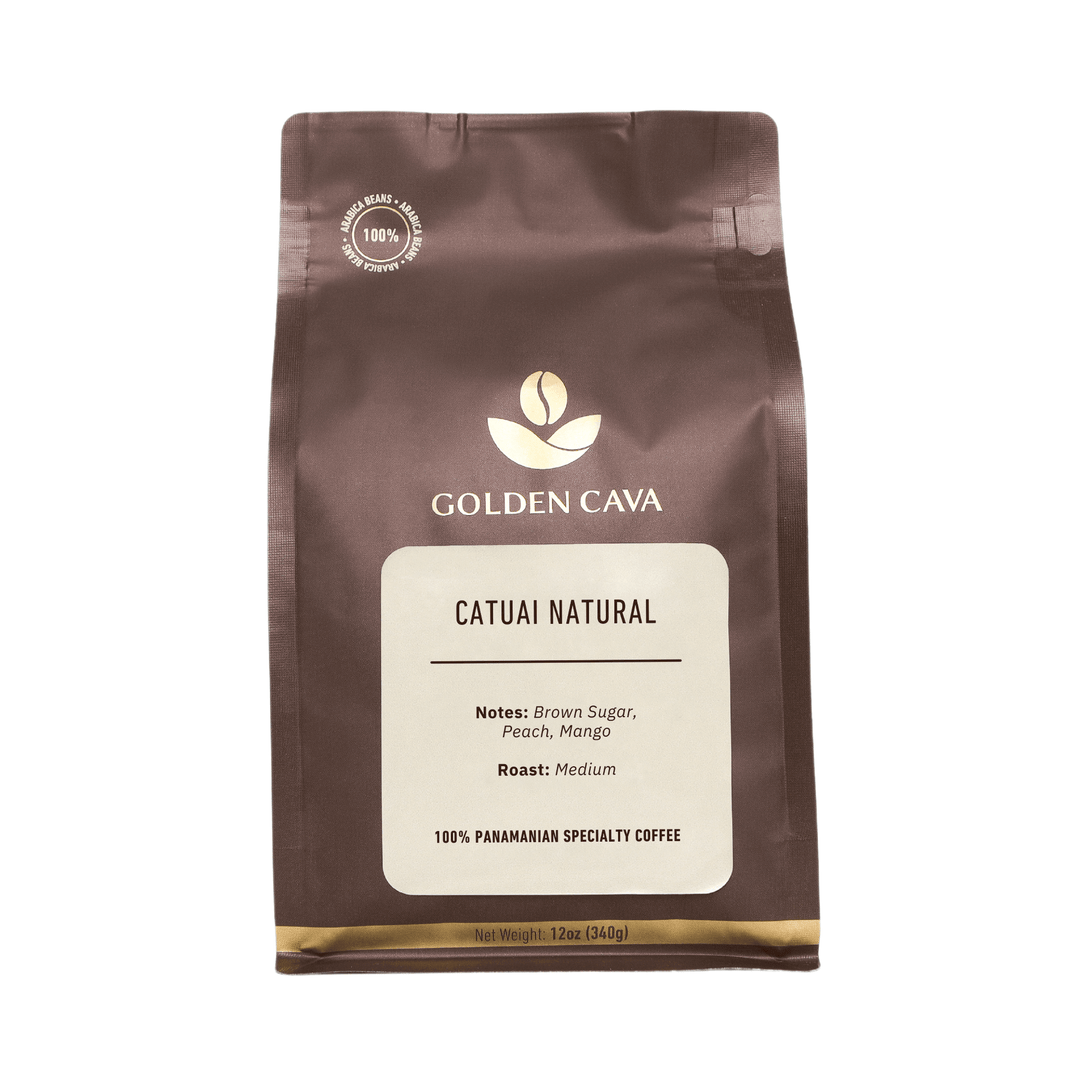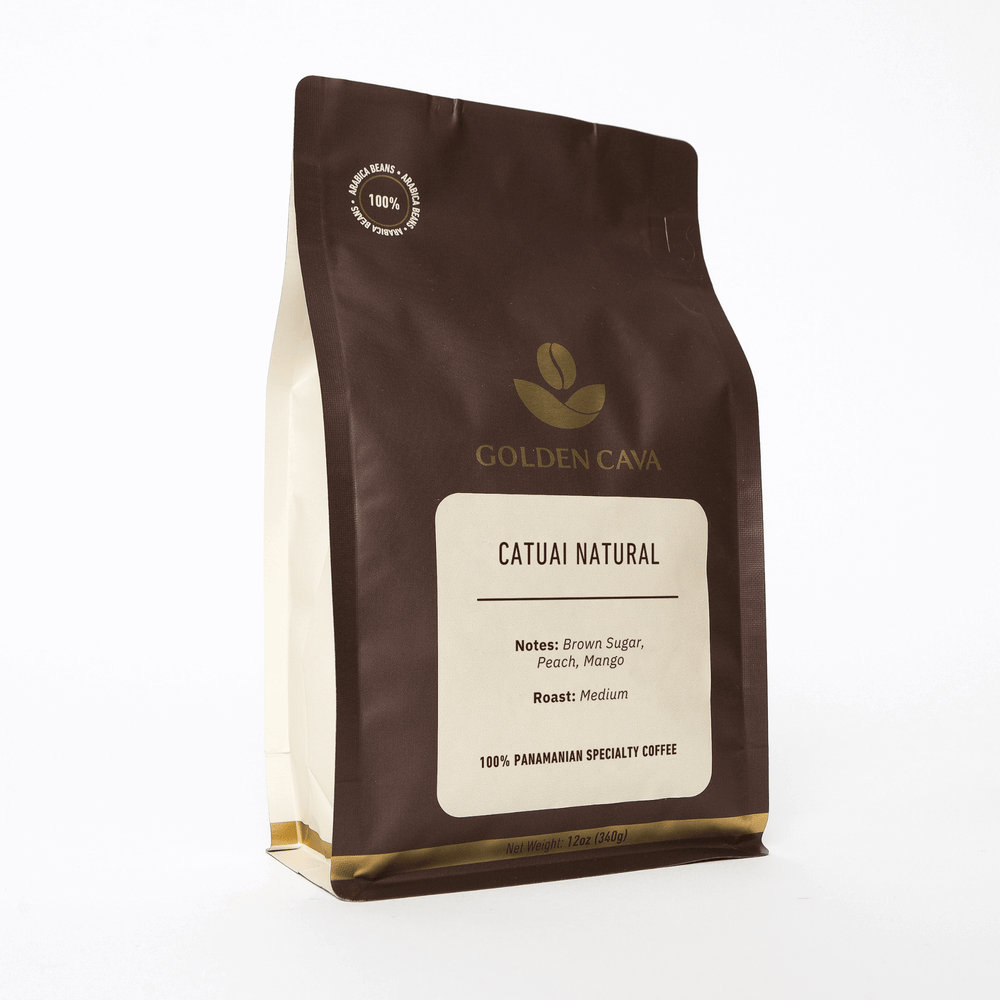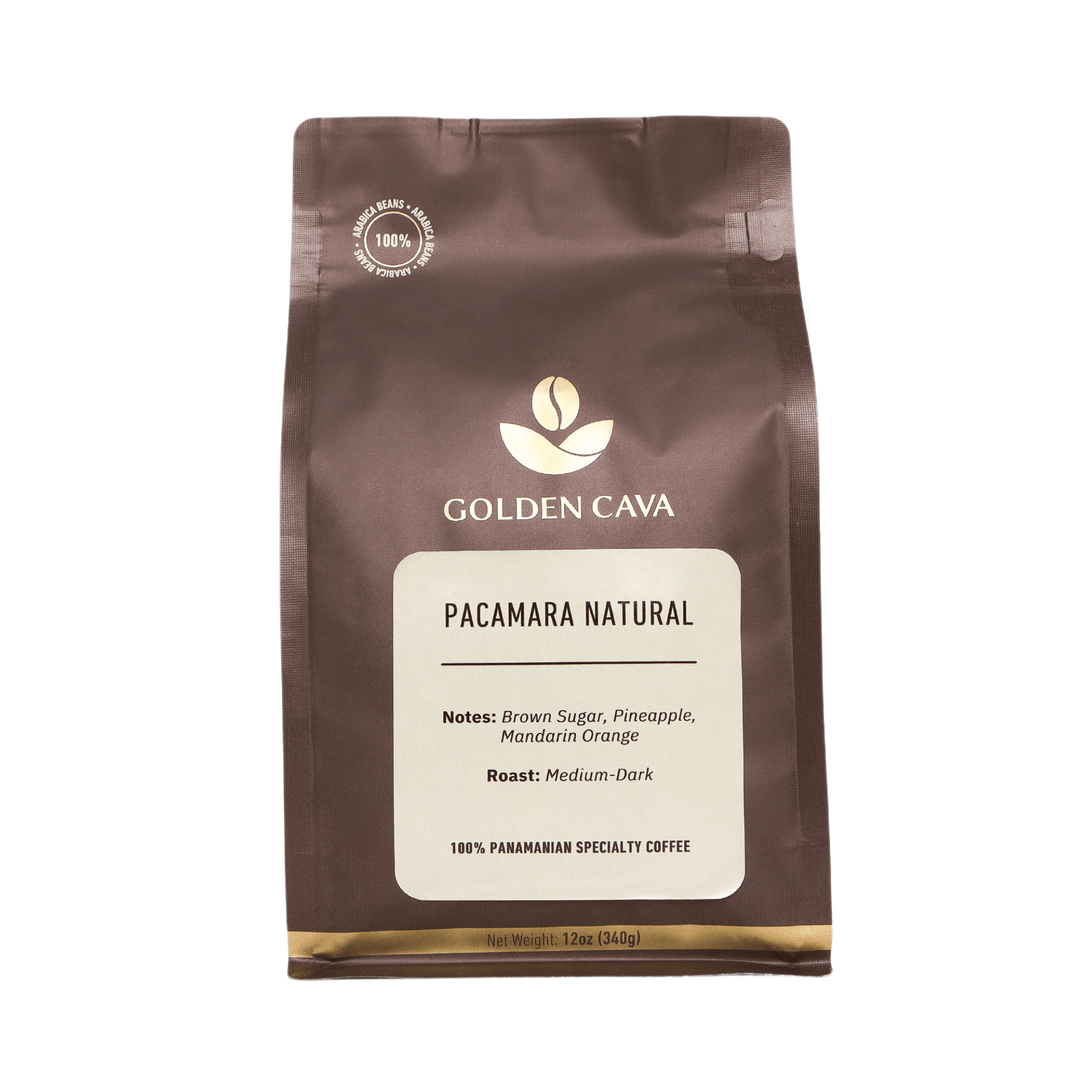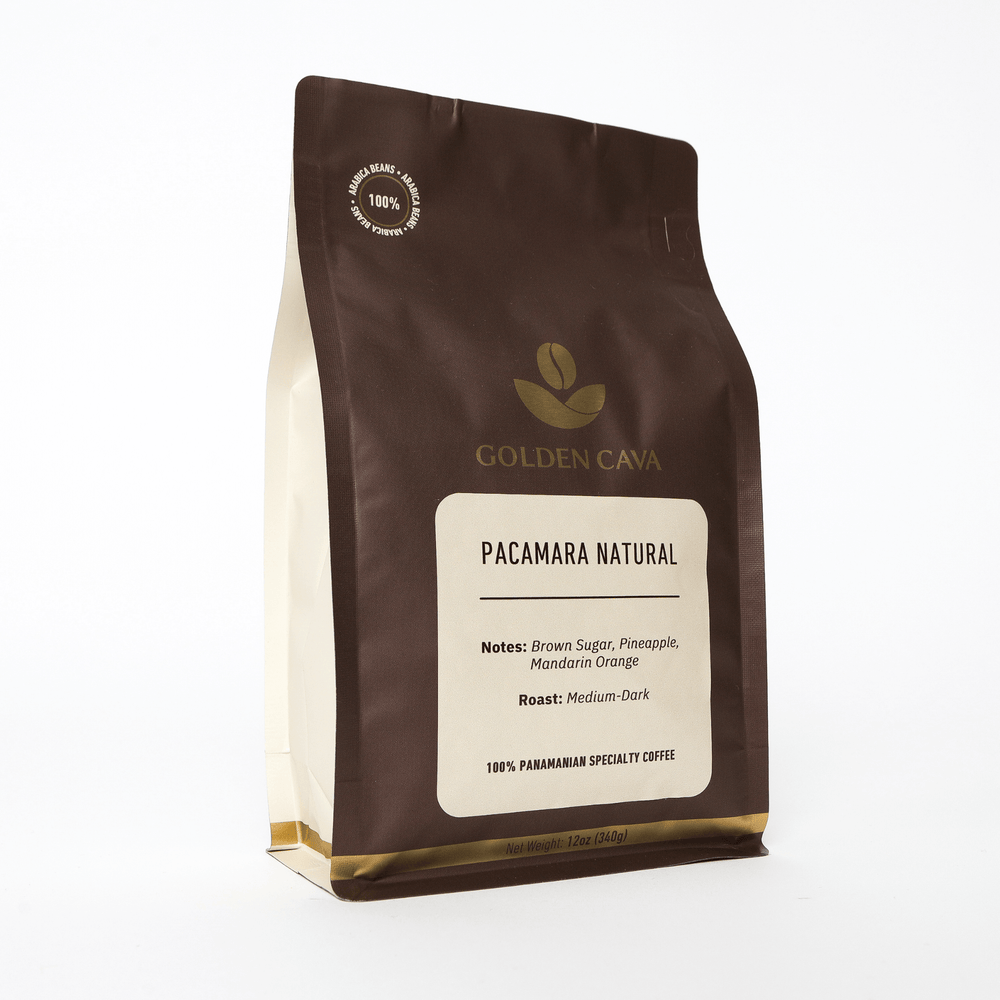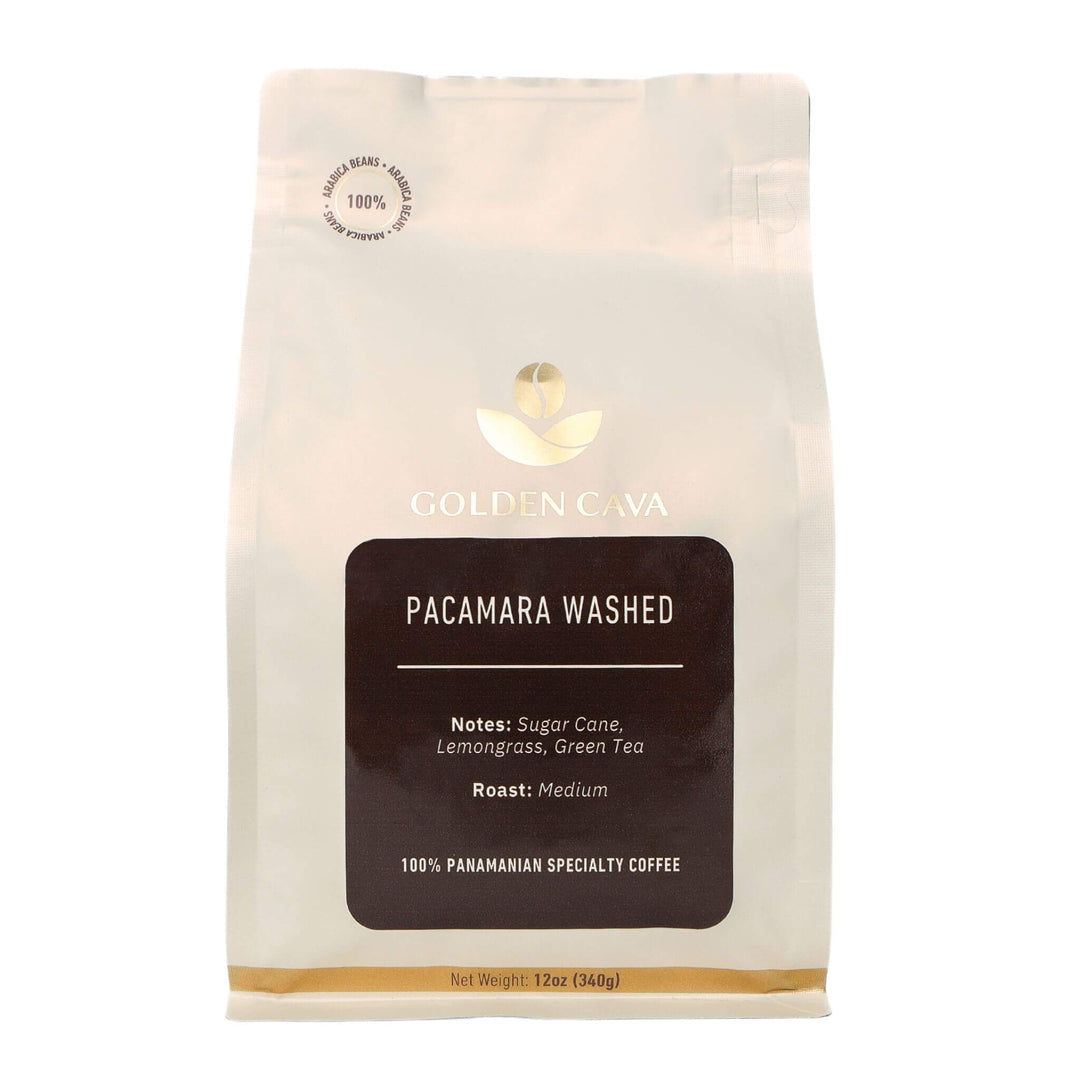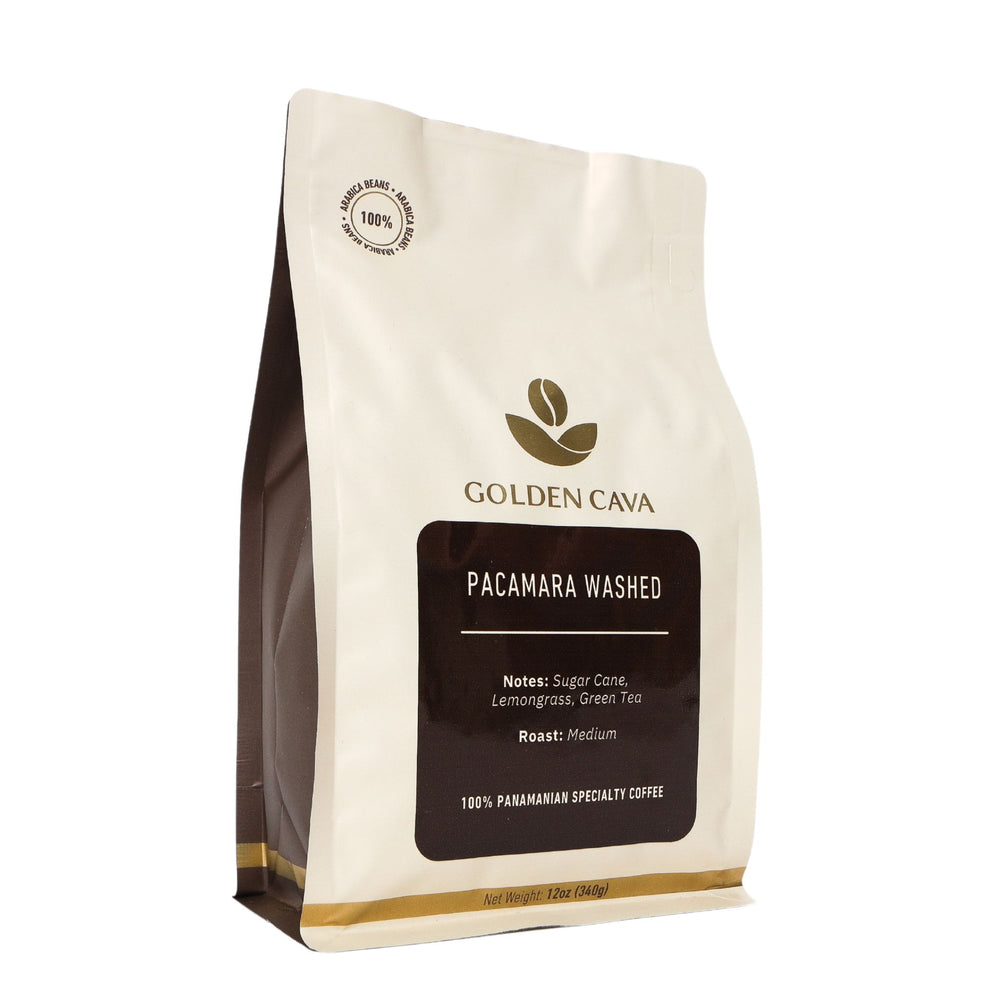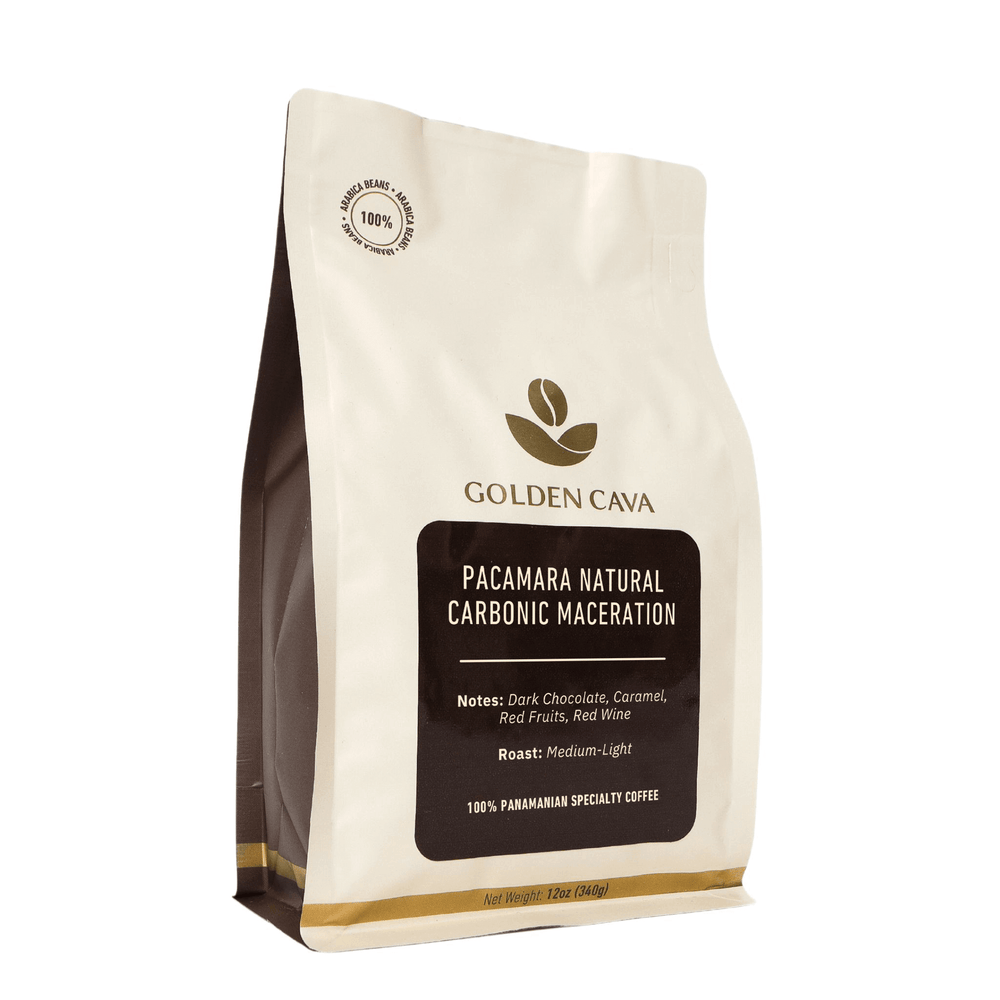As we embrace the warmth of summer, coffee lovers can combat the heat by testing out all kinds of brews. But, one comparison that is standing out above the rest, is this one: cold brew vs nitro cold brew. These trending coffee drinks are making waves, each carrying its own unique flavors, experiences and coffee supporters.. In this blog post, we're taking you on a whirlwind tour of these two powerhouse summer coffee drinks.
First, we'll explore the craft of making cold brew coffee and then plunge into the frothy world of nitro cold brew. We'll do a stare and compare between cold brew vs nitro cold brew evaluating taste, texture, caffeine levels, and more. Plus, we've got some top-secret home-brewing tips to share so you can recreate these coffee wonders in your kitchen while beating the heat!
Table Of Contents:
- 1. What is Cold Brew Coffee?
- 2. What is Nitro Cold Brew Coffee?
- 3. What is the Difference Between Cold Brew vs. Nitro Cold Brew?
- 4. Benefits of Cold Brew vs Nitro Cold Brew
- 5. Best Practices for Making Cold Brew Or Nitro Cold Brew
- 6. Additional Tips For Making Cold Brew and Nitro Cold Brew Coffees
- FAQs
- Enjoy Exploring All Your Cold Brew Options
1. What is Cold Brew Coffee?
A new, smoother, and less acidic taste can be found in cold brew coffee, a method of making coffee that has become increasingly popular, making it the must try drink of the summer. By steeping ground coffee beans in cold or room temperature water for an extended period, typically 12-24 hours, a unique and refreshing version of the beverage is produced through the Cold Brewing Process.
This slow extraction process results in a smooth, less acidic taste that many find more enjoyable than its hot counterpart.
The Cold Brewing Process
- Select the right beans: Choose high-quality, freshly roasted beans from a reputable source, because type of bean you choose will greatly impact the flavor profile of your final product.
- Grind the beans: Coarse grounds are ideal for cold brewing as they allow for optimal extraction without over-extracting bitter compounds. A burr grinder can help achieve consistent coarse grounds.
- Mix with filtered water: Combine one part coffee grounds with four parts filtered water in an airtight container such as a French press or Mason jar.
- Brew time: Allow the mixture to steep at room temperature or refrigerate for at least 12-24 hours, depending on desired strength and flavor intensity.
- Serve it up: Strain out the coffee grounds using cheesecloth or paper filters before serving over ice or diluting with milk/cream/sweeteners according to personal preference.
Why Choose Cold Brew?
Cold brew coffee has several advantages over traditional hot brewed coffee. For one, it is less acidic due to the absence of heat during brewing, making it easier on the stomach and less likely to cause heartburn or indigestion. Additionally, cold brew tends to have a smoother taste with more pronounced flavors than its hot counterpart.
For those who love coffee and travel, cold brew offers a convenient option for enjoying your favorite beverage on the go without needing access to hot water or electrical outlets. Moreover, its extended shelf life makes it an ideal choice for the busy business person seeking a quick caffeine hit that can be stored in large quantities.
Cold brew coffee is a unique and delicious way to enjoy your favorite cup of joe. With its smooth, bold flavor and low acidity, it's no wonder why cold brew has become so popular. Now, let's explore the exciting world of nitro cold brew - an even more intense version of this beloved beverage.

Cold brew coffee is becoming increasingly popular due to its smoother taste, less acidic nature, and extended shelf life. Brewing a cup of joe with no heat or electricity is easy when you steep coarsely ground beans in cold or lukewarm water for twelve to twenty-four hours - yielding a smooth, less acidic flavor and extended shelf life.
2. What is Nitro Cold Brew Coffee?
Nitro cold brew coffee is a unique twist on traditional cold brew, combining nitrogen gas infusion with the coarsely ground beans to create an eye-catching beverage that offers a creamy and smooth texture. This innovative beverage offers an elevated coffee experience for those who enjoy the taste and benefits of traditional cold brew but are looking for something unique and visually appealing.
The process begins with making regular cold brew coffee, which involves steeping coarsely ground beans in cold or room temperature water for 12-24 hours. Once the brewing process is complete, the liquid is transferred into kegs, where it's pressurized with nitrogen gas before being served through specialized nitro taps at cafes or other establishments offering this delicious drink.
Characteristics of Nitro Cold Brew Coffee
- Creamy Texture: The infusion of nitrogen gas creates tiny bubbles within the liquid, giving nitro cold brew its signature velvety mouthfeel.
- Foamy Head: Similar to what you'd find on top of a freshly poured pint of stout beer, nitro cold brew features an attractive layer of foam due to the high pressure from the nitrogen infusion process.
- Smoother Taste: The combination of low acidity from traditional cold brewing methods and added creaminess from nitrogen makes nitro cold brew smoother than regular hot brewed coffee or even standard non-nitrogenated versions.
In recent years, many specialty cafes have begun serving nitro-infused beverages as part of their menu offerings. You can also find pre-packaged cans of nitro cold brew at grocery stores and online retailers.
Nitro cold brew offers a velvety, delectable variation on traditional hot-brewed java. By understanding the differences between cold brew vs nitro cold brew, we can better appreciate this unique and flavorful beverage.

Nitro cold brew coffee is an elevated version of traditional cold brew that has been infused with nitrogen gas, creating a creamy texture and foamy head reminiscent of Guinness beer. This innovative drink offers a smoother taste than regular hot brewed coffee or even standard non-nitrogenated versions and can be found in many specialty cafes as well as pre-packaged cans at grocery stores and online retailers.
3. What is the Difference Between Cold Brew vs. Nitro Cold Brew?
The main differences between cold brew and nitro cold brew coffee lie in their brewing process, texture, and flavor. Here's a breakdown of these key differences:
Brewing Process
Cold brew coffee is made by steeping coarsely ground beans in cold or room temperature water for an extended period of time (usually 12-24 hours). This slow extraction method results in a concentrated coffee that can be diluted with water or milk before serving.
On the other hand, Nitro cold brew takes regular cold brewed coffee and infuses it with nitrogen gas using specialized equipment called a nitro tap. The infusion process creates tiny bubbles within the liquid, giving it its signature creamy texture and foamy head.
Texture & Mouthfeel
- Cold Brew: Cold brewed coffee has a smooth taste but lacks any distinct mouthfeel compared to hot brewed coffee. It may also appear slightly cloudy due to suspended particles from the brewing process.
- Nitro Cold Brew: Thanks to the nitrogen infusion, nitro cold brew has an incredibly silky-smooth texture that feels almost velvety on your tongue. The fine bubbles create a rich mouthfeel similar to drinking stout beer like Guinness.
Taste & Flavor Profile
- Cold Brew: Since heat isn't used during extraction, this method produces less acidity than traditional hot brewing methods resulting in a smoother-tasting cup without bitterness or harshness often associated with black coffees. Cold brew coffee also has a more pronounced sweetness and a slightly muted flavor profile compared to hot brewed coffee.
- Nitro Cold Brew: The nitrogen infusion process enhances the natural flavors of cold brew, making it taste even smoother and richer. Nitro cold brew is renowned for its velvety texture, which adds to the inherent sweetness of the coffee - making it a veritable dessert-like treat with every sip.
In summary, while both cold brew and nitro cold brew offer unique drinking experiences that cater to different preferences, their main differences lie in brewing techniques, texture & mouthfeel as well as taste & flavor profiles. If you're interested in exploring these delicious options further or looking for a perfect gift for your favorite coffee lover - check out our coffee subscriptions at Golden Cava.
Cold brew and nitro cold brew represent two distinct coffee beverages, each showcasing unique characteristics. Despite both delivering a smooth and delectable coffee experience, their divergence emerges from their preparation methods: one involves hot brewing, while the other relies on cold steeping.

Cold brew and nitro cold brew are two different coffee brewing methods that result in distinctly different drinking experiences. Cold brewed coffee is made by steeping coarsely ground beans in cold or room temperature water, while nitro cold brew takes regular cold brewed coffee and infuses it with nitrogen gas for a silky-smooth texture and enhanced flavor profile.
4. Benefits of Cold Brew vs Nitro Cold Brew
Cold brew coffee and nitro cold brew both offer unique benefits that make them popular choices among coffee enthusiasts. Here, we will explore the advantages of each type of coffee to help you decide which one is right for your taste buds and lifestyle.
Lower Acidity Levels in Cold Brew Coffee
One significant benefit of cold brew coffee is its lower acidity level compared to regular hot brewed coffee. For those with sensitive digestive systems or acid reflux issues, cold brew's lower acidity level makes it a great choice as it is easier on the stomach and less likely to cause heartburn or indigestion.
Smoother Taste and Intense Flavor in Nitro Cold Brew
Nitro cold brew offers a smoother taste than regular cold brew due to the nitrogen infusion process. The tiny nitrogen bubbles create a velvety texture that enhances the natural flavors present in the coffee beans, resulting in a more intense flavor profile without any added bitterness or acidity. Fans of creamy beverages like lattes may find this option particularly appealing.
Caffeine Content: A Boost Without Jitters
- Cold Brew: Due to its extended steeping time, cold brew typically contains higher levels of caffeine than traditional hot brewed coffee. This can provide an energy boost without causing jitters or anxiety often associated with high-caffeine drinks.
- Nitro Cold Brew: While nitro cold brew also has elevated caffeine content compared to hot brewed options, some people report feeling less jittery after consuming it thanks to its smooth texture created by the nitrogen infusion.
Refreshing and Versatile Options for Coffee Lovers
Both cold brew and nitro cold brew are served chilled, making them perfect options for hot summer days or as a refreshing alternative to traditional hot coffee. Moreover, these drinks can be tailored to various palates with the addition of different seasonings, sweeteners, or dairy substitutes.
All in all, both cold brew and nitro cold brew offer unique benefits that cater to different tastes and needs. Cold brew's lower acidity levels make it an excellent choice for those with sensitive stomachs while nitro cold brew's smooth texture and intense flavor profile appeal to fans of creamy beverages.
Ultimately, the best option depends on your personal taste preferences and lifestyle considerations.

Cold brew coffee and nitro cold brew both have their advantages, such as lower acidity levels in the former and a smoother taste with intense flavor profile in the latter. Both options provide an energizing caffeine boost without jitters while offering customizable options for coffee lovers to enjoy on hot days or anytime.
5. Best Practices for Making Cold Brew Or Nitro Cold Brew
Making the perfect cup of cold brew or nitro cold brew coffee is an art that requires attention to detail and a few essential tips. Follow these best practices to ensure you get the most out of your brewing experience:
- Choose high-quality beans: To achieve the best flavor, always opt for freshly roasted, specialty-grade coffee beans from reputable sources like Golden Cava.
- Grind size matters: Coarsely ground beans are ideal for cold and nitro cold brews as they allow water to extract flavors slowly without over-extracting and causing bitterness.
- Filtered water is key: Using filtered water ensures that impurities don't interfere with the taste of your coffee, allowing its natural flavors to shine through.
- Ratios make a difference: A general guideline for making cold brew is using a ratio of one part coffee grounds to four parts water. However, feel free to adjust this based on personal preference.
- Brew time affects flavor profile: For regular cold brew, steeping time typically ranges between 12-24 hours, depending on desired strength. Experiment with different durations until you find what works best for you.
- Nitrogen infusion equipment: To create nitro cold brew, it's necessary to invest in specialized equipment such as a nitro tap system. This will infuse nitrogen gas into your cold brew, creating the creamy texture and foamy head characteristic of nitro cold brew.
- Proper storage: Store your finished cold brew in an airtight container, preferably glass or stainless steel, to maintain freshness. Keep it refrigerated and consume it within one week for optimal taste.
Maintaining these standards can help you make remarkable cups of both nitro and cold brew coffee that will bring joy to your palate and refine your java experience.
Making cold brew and nitro cold brew are two different processes that require specific ingredients, techniques, and tools. With the correct information, you can confidently craft a delectable cup of either cold brew or nitro cold brew. Now, let's explore best practices for making both types of coffee drinks.

Using high-quality beans, coarsely ground and filtered water in the right ratio are key to brewing delicious cold brew or nitro cold brew coffee. To make a perfect cup of either type you'll need specialized equipment like a nitrogen tap system and proper storage for maximum freshness. Brew away.
6. Additional Tips For Making Cold Brew and Nitro Cold Brew Coffees
For optimal results, following these tips will ensure a delightful cup of cold brew or nitro cold brew coffee. By following these guidelines, you'll be able to enjoy delicious and refreshing coffee beverages at home or in your business.
A. Use Filtered Water and Freshly Ground Beans
The quality of the water and beans is a major factor in how your coffee will turn out. To ensure optimal flavor, always use filtered water when brewing both types of coffee, as this helps remove impurities that may affect the taste negatively. Additionally, using freshly ground beans ensures maximum freshness and flavor extraction during the brewing process.
B. Choose Coarse Grind Size for Cold Brew Coffee
To make cold brew coffee, opt for coarsely ground beans rather than finely ground ones because coarse grounds allow for better extraction over an extended period without becoming overly bitter or acidic, like fine grounds might do if steeped too long.
Cold Brewing Ratios:
- 1:8 ratio: For a strong concentrate (1 part coffee to 8 parts water).
- 1:12 ratio: For a milder concentrate (1 part coffee to 12 parts water).
C. Calibrate Your Nitro Tap Properly Before Infusing Nitrogen Gas into Your Cold Brew Coffee
Making a nitro cold brew requires an additional piece of equipment called a nitro tap which infuses the cold brew with nitrogen gas before serving it over ice. To ensure the best results, make sure your nitro tap is properly calibrated and clean to avoid any off-flavors or inconsistent texture in your nitro-infused coffee.
D. Experiment with Brewing Time for Your Preferred Taste Profile
The brewing time for both cold brew and nitro cold brew can vary depending on personal taste preferences. Experiment within the 12-24 hour range to discover your ideal flavor intensity and smoothness.
Recommended Steeping Times:
- 12 hours: For a lighter-bodied cup with mild flavors.
- 18 hours: For a well-balanced cup with moderate intensity.
- 24 hours: For a full-bodied cup with bold flavors.
Incorporating these best practices into your routine will help you create deliciously refreshing cups of both regular cold brew and nitro-infused beverages at home or at your own cozy cafe.

You can confidently brew up a storm with cold and nitro-infused coffee. Following the best practices outlined above, such as using filtered water and freshly ground beans along with calibrating your nitro tap properly before infusing nitrogen gas into your cold brew coffee will help ensure that every cup is brewed to perfection. Don't forget to experiment within the recommended steeping times for each type in order to get just the right flavor profile.
FAQs
What is the difference between cold brew and nitro cold brew coffee?
The main difference between cold brew and nitro cold brew lies in their texture and serving method. Cold brew is steeped for hours in cold water, resulting in a smooth, less acidic taste. Nitro cold brew undergoes the same process but is infused with nitrogen gas, giving it a creamy mouthfeel and cascading effect when poured.
Is nitro cold brew healthier than cold brew?
Nitro and regular cold brew share similar health benefits due to their brewing methods reducing acidity levels. However, some may argue that nitro has an edge because of its creaminess without added dairy or sugar. Ultimately, both options are considered healthier compared to traditional hot brewed coffee if consumed moderately.
Is nitro cold tasteless acidic than regular cold serving?
Nitrogen-infused beverages typically have slightly lower acidity than non-nitrogenated counterparts; however, the reduction isn't significant enough to make a noticeable impact on taste. Both cold brew and nitro cold brew boast lower acidity levels compared to hot brewed coffee, making them gentler on the stomach.
Enjoy Exploring All Your Cold Brew Options
The bottom line is that cold brew and nitro cold brew are two different coffee brewing methods that each offer their own unique benefits. Cold brew is a slower process that yields an intense flavor profile with low acidity while nitro cold brew adds nitrogen to the mix for a creamy texture and smooth finish.
Both options can be made at home or purchased from specialty shops depending on your preference. Ultimately, it's up to you to decide which type of coffee best suits your taste buds when comparing cold brew vs nitro cold brew.
Explore the world of specialty coffee with Golden Cava and experience a difference in taste between cold brew and nitro cold brew. Our quality, freshness, sustainability, and travel solutions will help you enjoy your favorite cup of joe!


